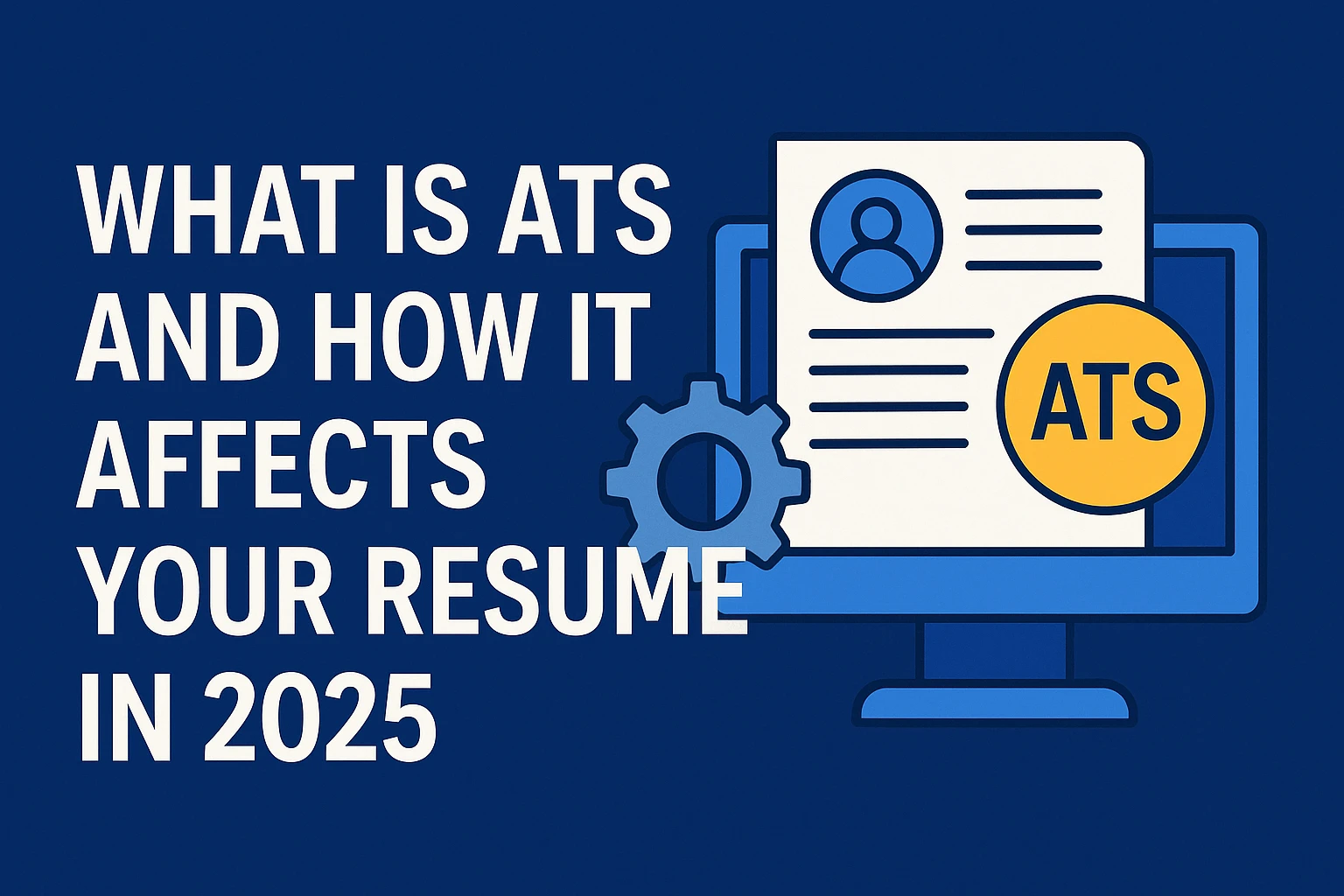
If you’ve ever applied for a job online and heard nothing back, you’re not alone. The problem might not be your experience—or even your resume. It might be the software between you and the recruiter: an Applicant Tracking System. So, let’s break it down—what is ATS resume screening, and how does it impact your chances of landing an interview in 2025?
Applicant Tracking Systems (ATS) have quietly become the first reviewer of most job applications. These digital gatekeepers scan, sort, and rank resumes before a human ever sees them. And if your resume isn’t formatted correctly or lacks specific keywords, it might be rejected automatically.
But AI tools like Jobcamp.ai are now helping job seekers beat the bots—with resumes designed to work with ATS, not against it.
An ATS is a software application used by recruiters to manage the hiring process. It scans incoming resumes, extracts data, and filters applicants based on:
Essentially, it’s a robot recruiter that does the first pass. If you pass ATS screening, then—and only then—does your resume land in front of a real person.
Hiring teams don’t have time to manually review hundreds of resumes. ATS platforms help them:
In 2025, over 98% of Fortune 500 companies use some form of ATS.
Here’s what happens when you apply for a job through an ATS-powered portal:
If your resume lacks structure or relevant keywords, you may never make it to Step 5.
The sad part? Many qualified candidates get rejected simply because their resumes aren’t ATS-friendly.
AI tools like Jobcamp.ai are changing the game. Instead of writing blind, you can now:
This takes the guesswork out of writing and ensures your resume clears the first hurdle.
That means a generic template from 2020 won’t cut it anymore.
Jobcamp.ai automatically formats resumes with these rules in mind—so you don’t have to.
Knowing what ATS resume screening is—and how to get past it—can be the difference between silence and interviews. The best resume in the world won’t help if the ATS never lets it through.
That’s why AI tools like Jobcamp.ai exist: to make sure your resume gets seen, not tossed by a bot. Instead of guessing, you get a resume built for humans and algorithms.
Don't just apply. Apply smart.
Q: What does ATS stand for in resumes?
A: ATS stands for Applicant Tracking System. It’s software that screens resumes before a recruiter sees them. Jobcamp.ai helps you pass this screening automatically.
Q: How do I know if my resume is ATS-friendly?
A: Use a tool like Jobcamp.ai to test and optimize your resume for ATS compatibility, keyword alignment, and formatting.
Q: Can a PDF resume be ATS-friendly?
A: Yes—if it’s cleanly formatted. Some older ATS tools struggle with PDFs, so Jobcamp.ai allows you to export both PDF and DOCX.
Q: Do keywords really matter for ATS?
A: Absolutely. ATS scans for keyword matches from the job post. Jobcamp.ai automatically inserts those keywords based on the description.
Q: Will AI resume builders guarantee I pass ATS?
A: No tool can guarantee it, but Jobcamp.ai gets you much closer with built-in scoring, formatting, and job-matching logic. Try it now.
Join thousands of job seekers who receive our weekly newsletter with insider tips, trends, and opportunities.